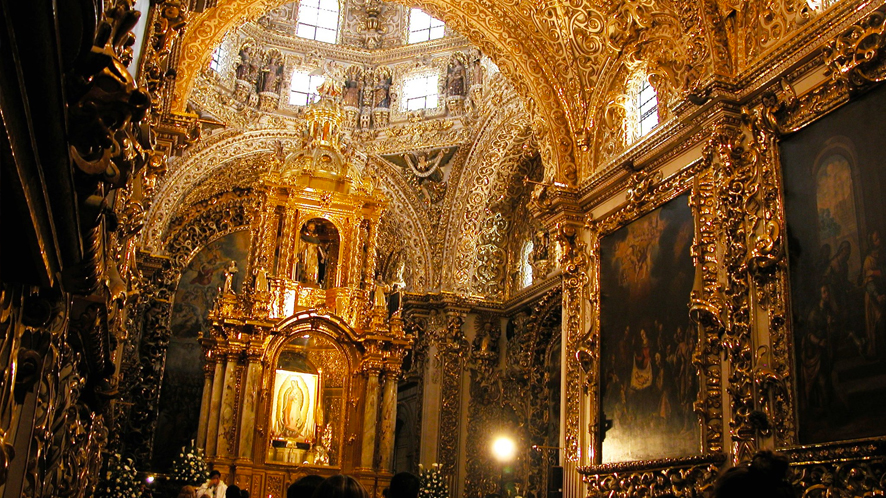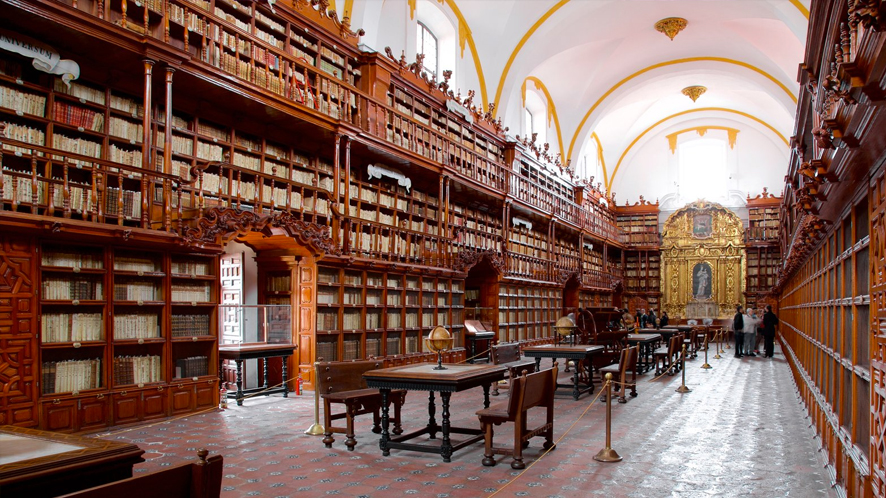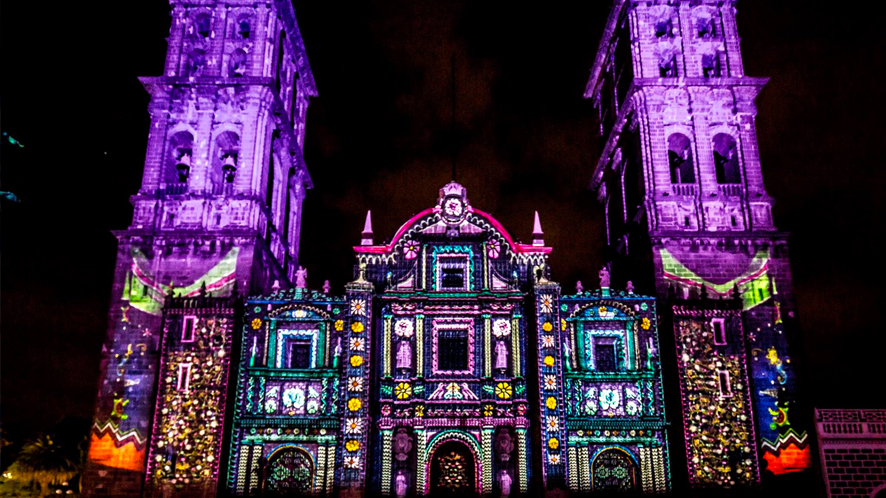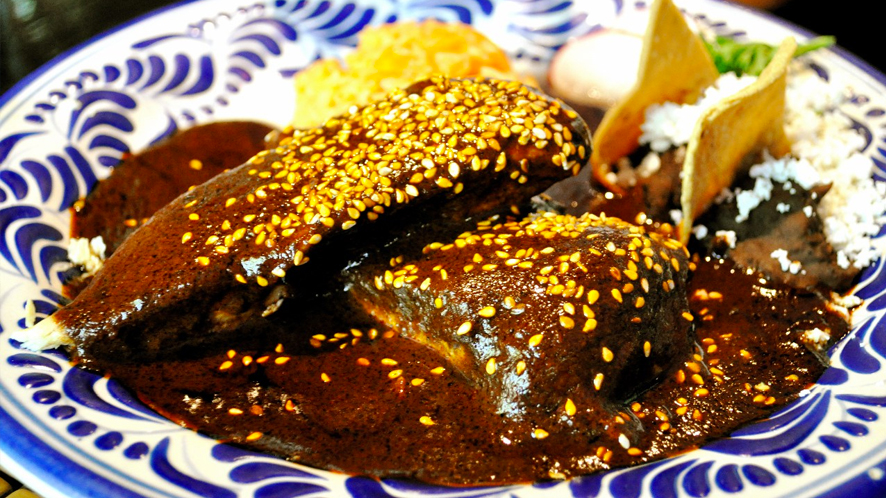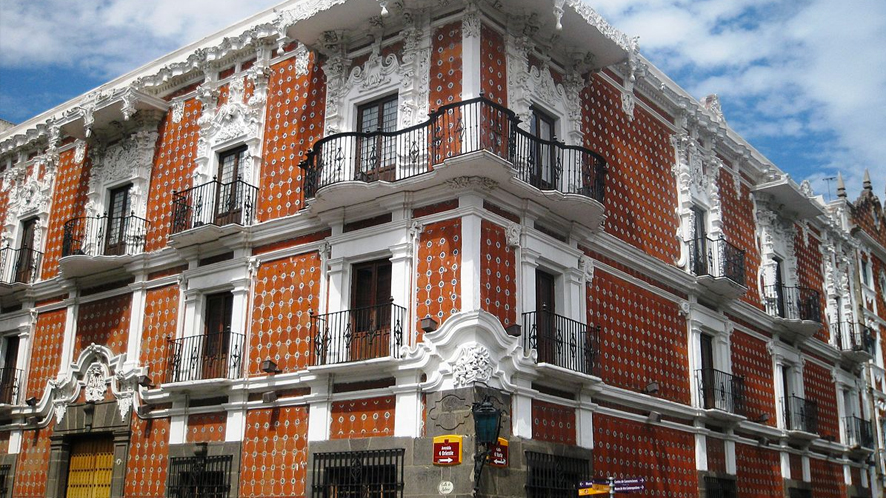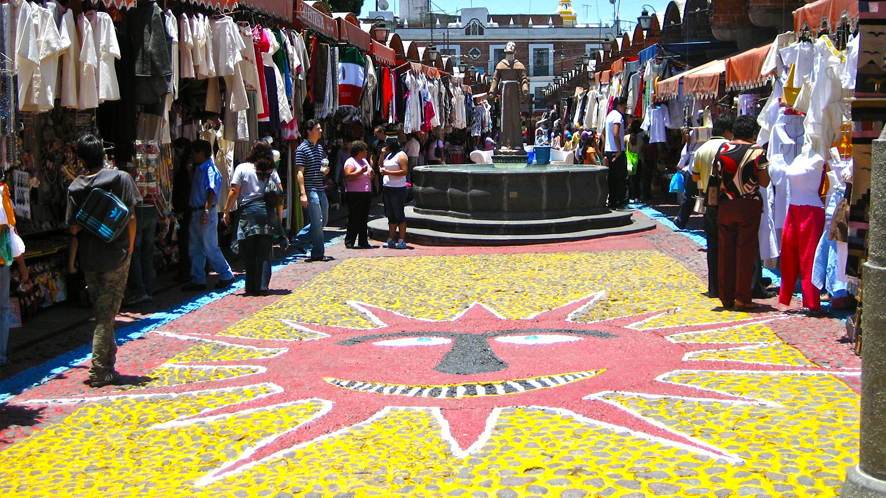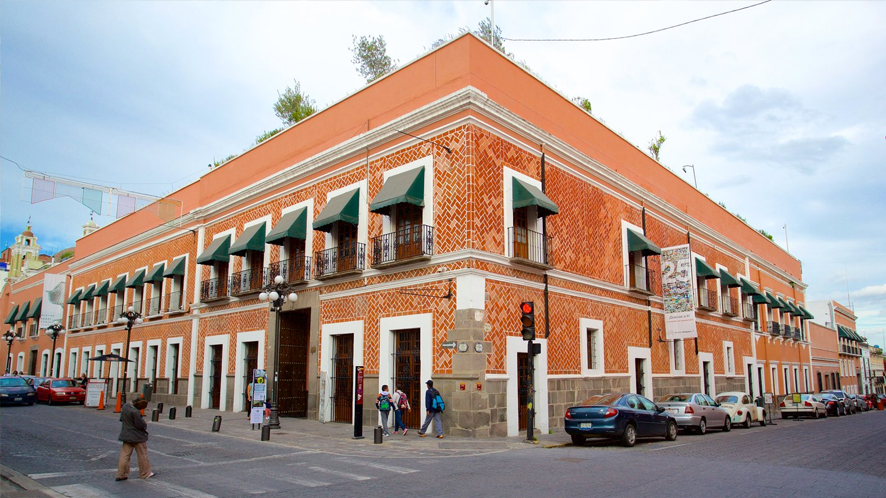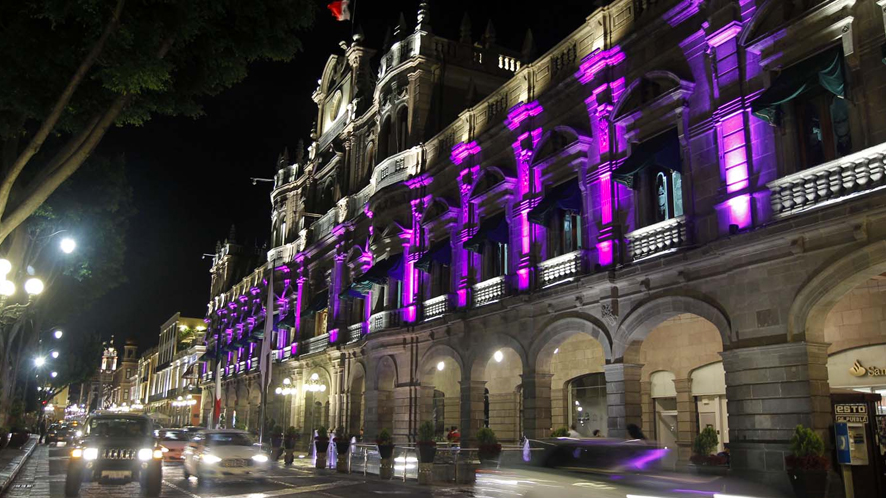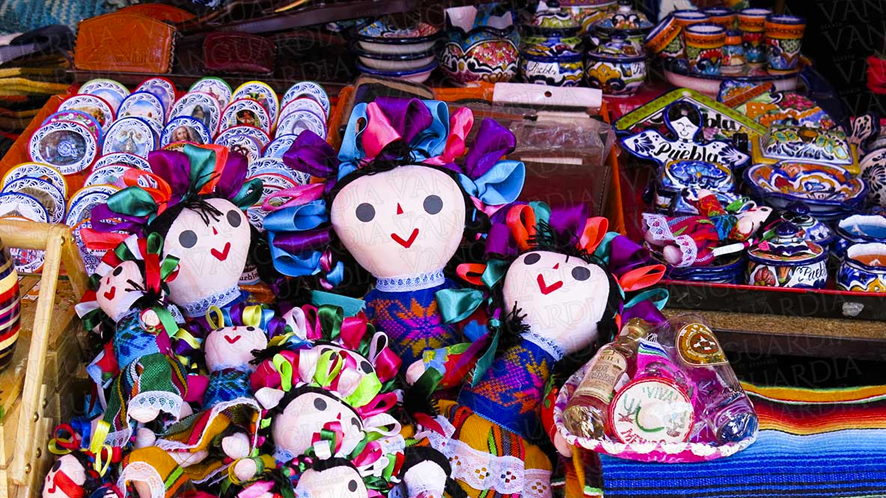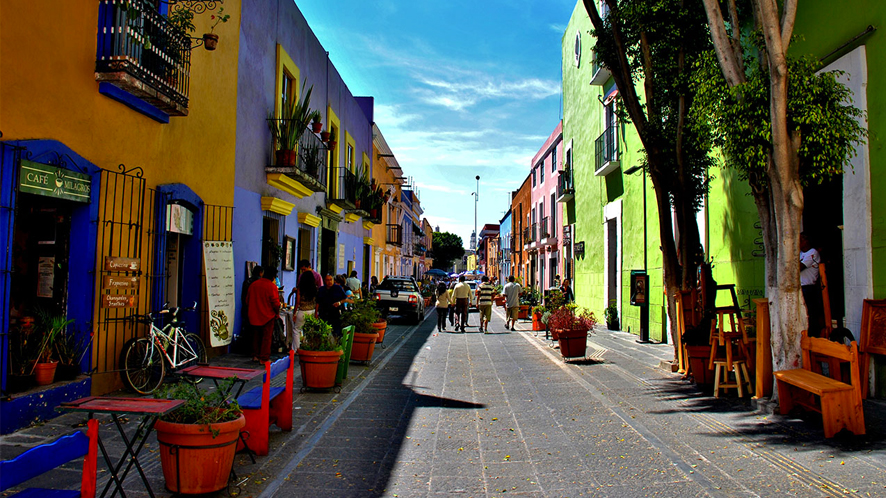Rosary Chapel
Located inside the Temple of Santo Domingo de Guzmán, this chapel is considered the greatest jewel of Mexican Baroque thanks to the exquisite decoration inside. Its construction dates from the seventeenth century and is the first in Mexico dedicated to Our Lady of the Rosary. The sumptuous decoration of onyx, gilded plasterwork, paintings and tiles…

